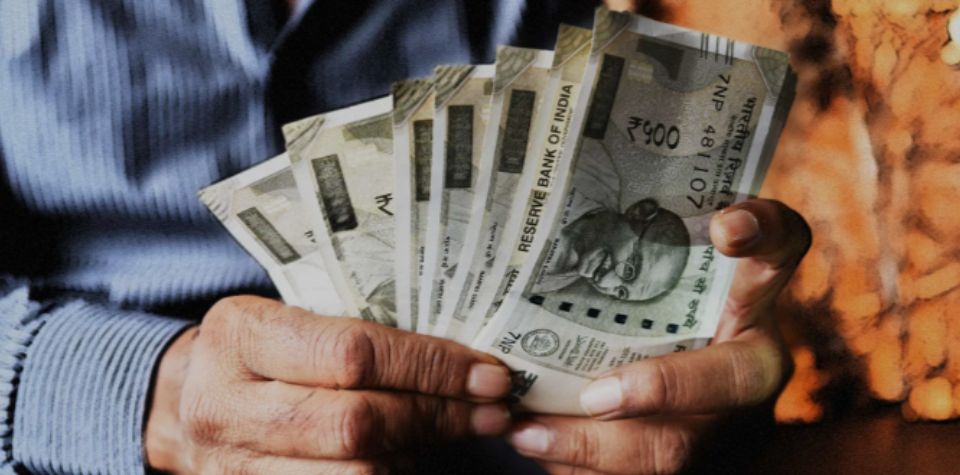Employees got a fitment factor 2.57 in previous commission. However, the Modi government will make deductions in 8th Pay Commission.
The unions of central employees are demanding the 8th Pay Commission. Their calls are growing louder due to rising inflation and expenses. However, the central government seems uninterested in these appeals.
Typically, a new Pay Commission is implemented every ten years. Since the last one was introduced in 2016, expecting the 8th Pay Commission by 2025 seems unrealistic. The Modi government mostly believes in spending limited.
According to the internal links, the 8th Pay Commission may be implemented on January 1, 2026. The implementation will be good news for over one crore central employees and pensioners.
The government has not made an official or unofficial announcement on the 8th Pay Commission. However, the unions have consistently demanded a hike in employees’ salaries.
A Financial Express report states that a fitment factor of 1.92 may be taken for the 8th Pay Commission, based on some reports. However, the government hasn’t confirmed anything yet.
Key Terms Explained in the Context of Pay Commissions
Pay Commission: A Pay Commission is a government body in India set up periodically to review and recommend changes to the salary structure of government employees. These commissions take into account various factors, including inflation, economic conditions, and the cost of living.
Fitment Factor: A multiplier used to calculate the revised basic salary under a new pay commission. It is applied to the existing basic salary to determine the new salary. For example, if the current basic salary is ₹20,000 and the fitment factor is 1.92, the new basic wage would be:
New Basic Salary=₹20,000×1.92=₹38,400
Basic Salary: This is the core part of an employee’s salary, excluding allowances and other perks. The basic salary forms the basis for calculating many other components of the salary, such as Dearness Allowance (DA) and House Rent Allowance (HRA).
Dearness Allowance (DA): DA is a cost of living adjustment allowance paid to government and other employees. It is calculated as a percentage of the basic salary and is intended to offset the impact of inflation.
House Rent Allowance (HRA): HRA is an allowance paid to employees to cover the cost of renting accommodation. It is usually a percentage of the basic salary, and the percentage varies depending on the location of the employee.
Pension: Pension is a retirement benefit paid to government employees. It is often calculated as a percentage of the last drawn basic salary.
The forthcoming pay commission is expected to revise the salary structure of government employees further. Current discussions suggest a potential fitment factor of 1.92, which is lower than what many employee unions are demanding.












One thought on “8th Pay Commission: Implementation Date and Recent Developments ”